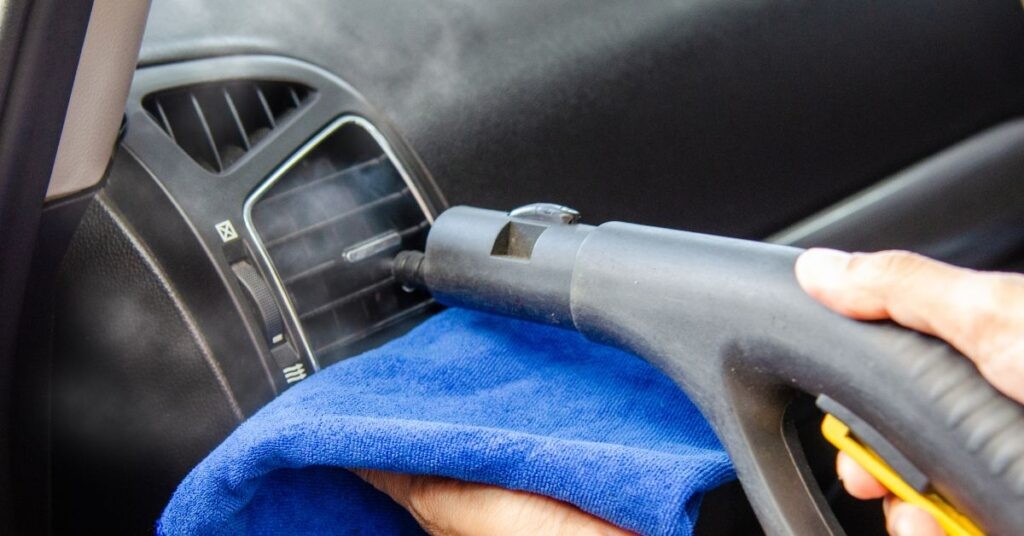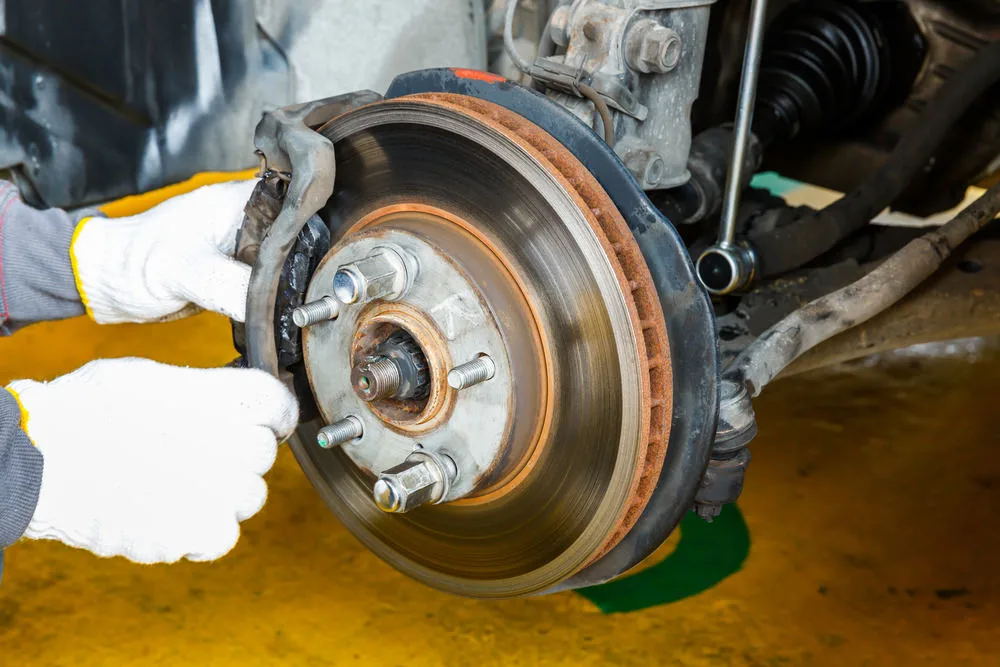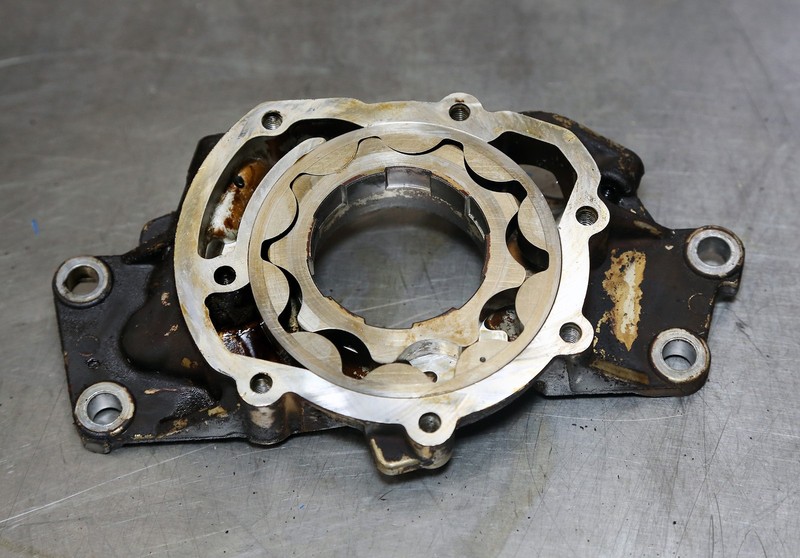Keep Your Ride Running Smooth: Understanding and Preventing Relay Corrosion

Car relays are unsung heroes of modern automotive technology. These small, electromagnetic switches diligently control various electrical circuits, from headlights and turn signals to fuel pumps and air conditioning. While often overlooked, their reliable operation is crucial for a vehicle’s smooth functioning. However, a silent enemy constantly threatens their integrity: corrosion. This insidious process, driven by moisture and oxidation, gradually degrades relay components, leading to frustrating electrical failures that can leave drivers stranded. Understanding how corrosion attacks relays is the first step in preventing these issues and ensuring long-term vehicle reliability. If you suspect relay problems, professional Auto Repair in Sacramento, CA can provide accurate diagnosis and effective repairs.
The Devastating Duo: Moisture and Oxidation
The primary culprits behind relay corrosion are moisture and oxidation. Relays, often housed in exposed locations within the engine bay or passenger compartment, are vulnerable to humidity, rain, and even condensation. This moisture, particularly when combined with contaminants like road salt and engine grime, acts as an electrolyte, accelerating the oxidation process. Oxidation, in turn, involves the chemical reaction between the relay’s metallic components, such as the contacts and coil windings, and oxygen present in the air.
Eroding the Relay’s Core: Contact Degradation
Relay contacts are especially susceptible to corrosion. These tiny metallic surfaces make and break electrical contacts, allowing current to pass. Corrosion forms an insulating oxide coating on these connections, blocking electricity. High contact resistance causes voltage dips and lower component performance; intermittent relay operation; and full failure, which disables the regulated circuit. Relays with worn contacts must be replaced to restore electrical function.
Beyond Contacts: Corrosive Damage to Other Components
While contact corrosion is the most common concern, other relay components are also susceptible. The coil winding, responsible for generating the electromagnetic field that actuates the relay, can also corrode. This corrosion can weaken the coil’s insulation, leading to short circuits or reduced magnetic field strength, hindering the relay’s ability to switch properly. Furthermore, the relay’s terminals, which connect it to the vehicle’s wiring harness, are exposed to the elements and prone to corrosion. Corroded terminals can create high resistance connections, leading to voltage drops and overheating, potentially damaging the surrounding wiring and components.
Prevention is Key: Protecting Your Car from Relay Corrosion
There are ways to reduce corrosion and extend automobile relay lifespans. Relays must be checked for corrosion regularly. Check terminals and relay housing for corrosion, tarnishing, or build-up. Dielectric grease protects relay terminals from moisture and corrosion. Choose relays with sealed housings or severe environment ratings to increase corrosion resistance. Finally, fixing leaks and moisture in the engine bay and passenger compartment can greatly prevent relay corrosion. By taking these precautions, car owners can avoid the costly and inconvenient repercussions of relay failure.




